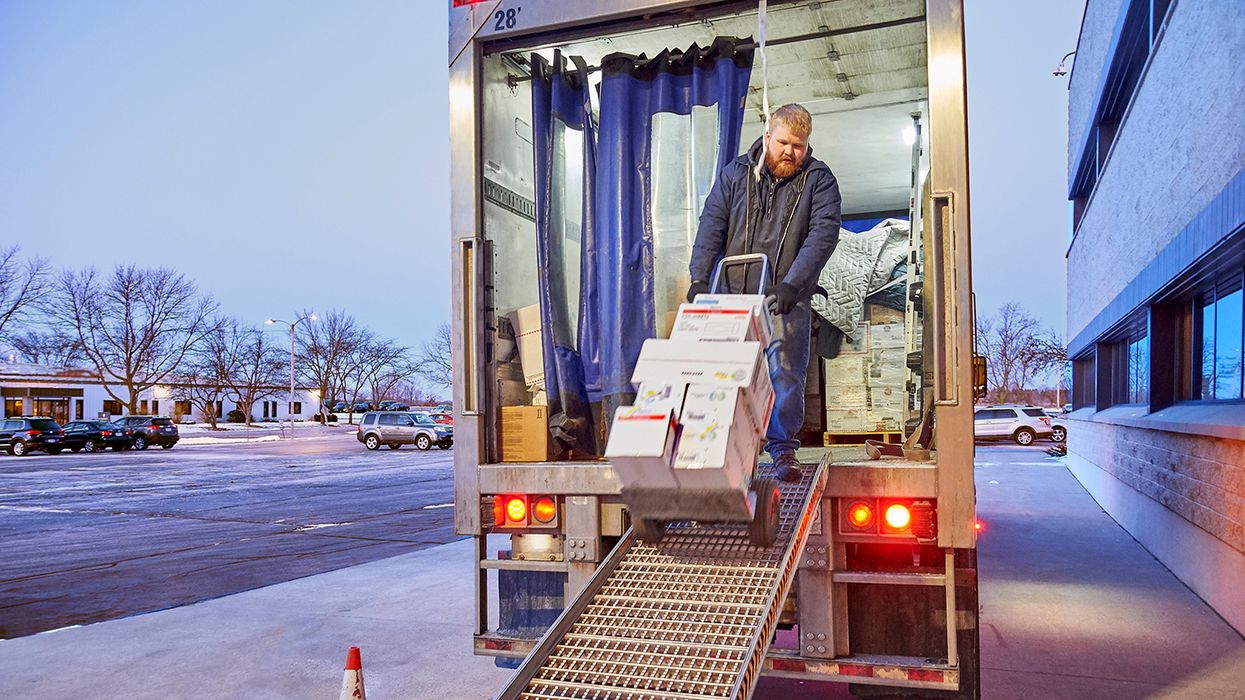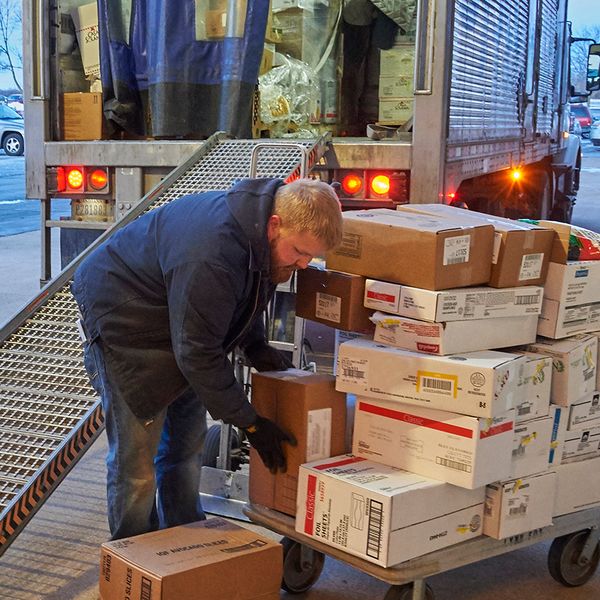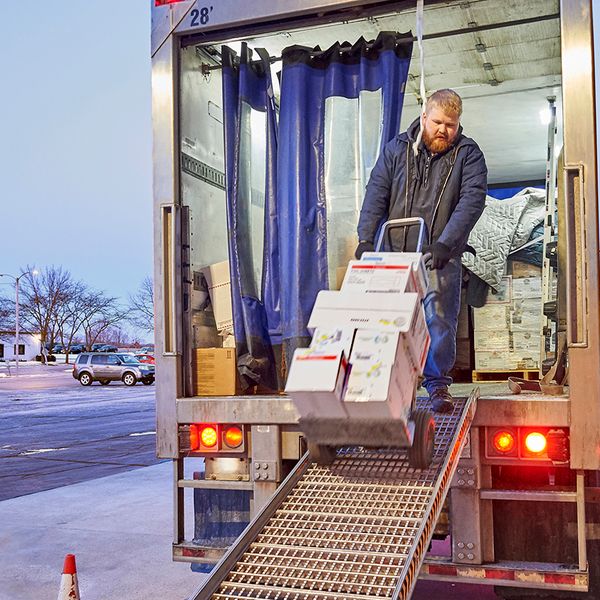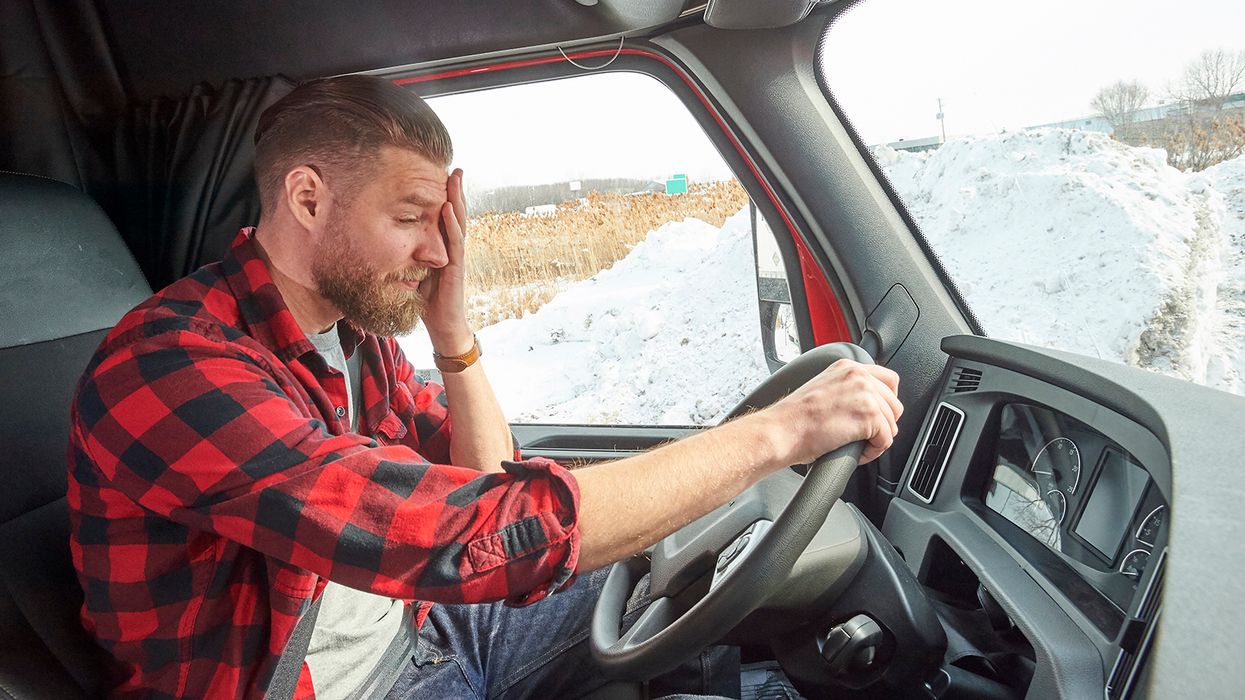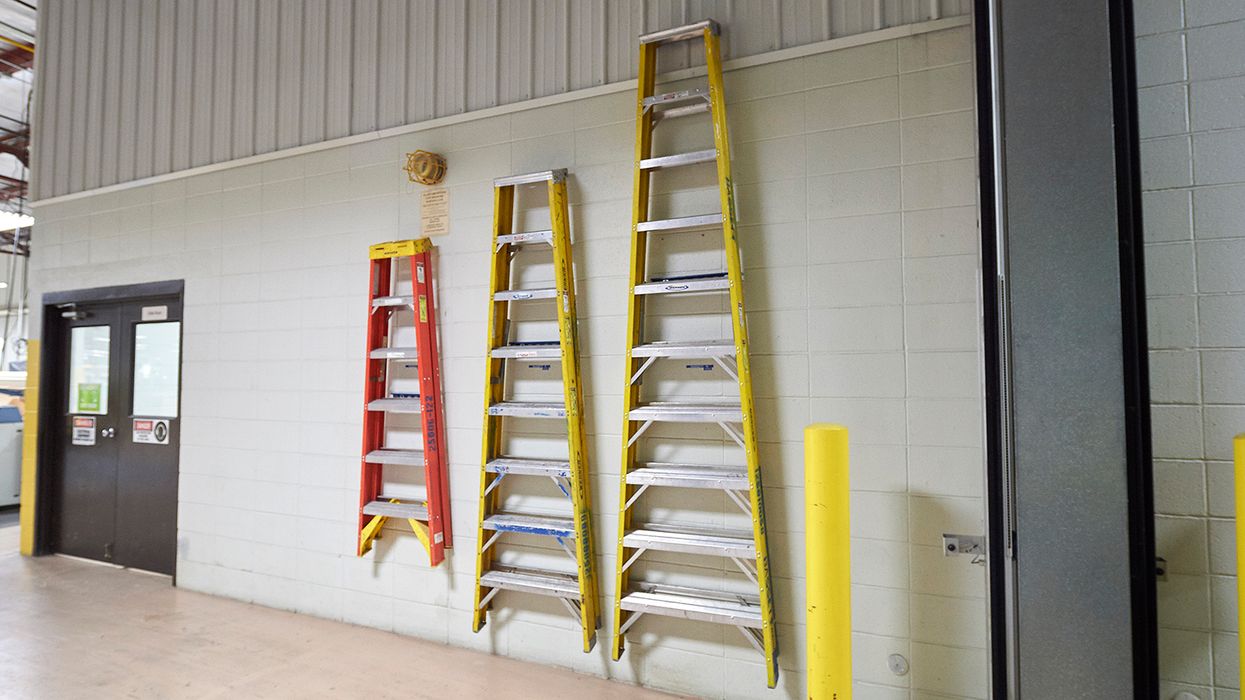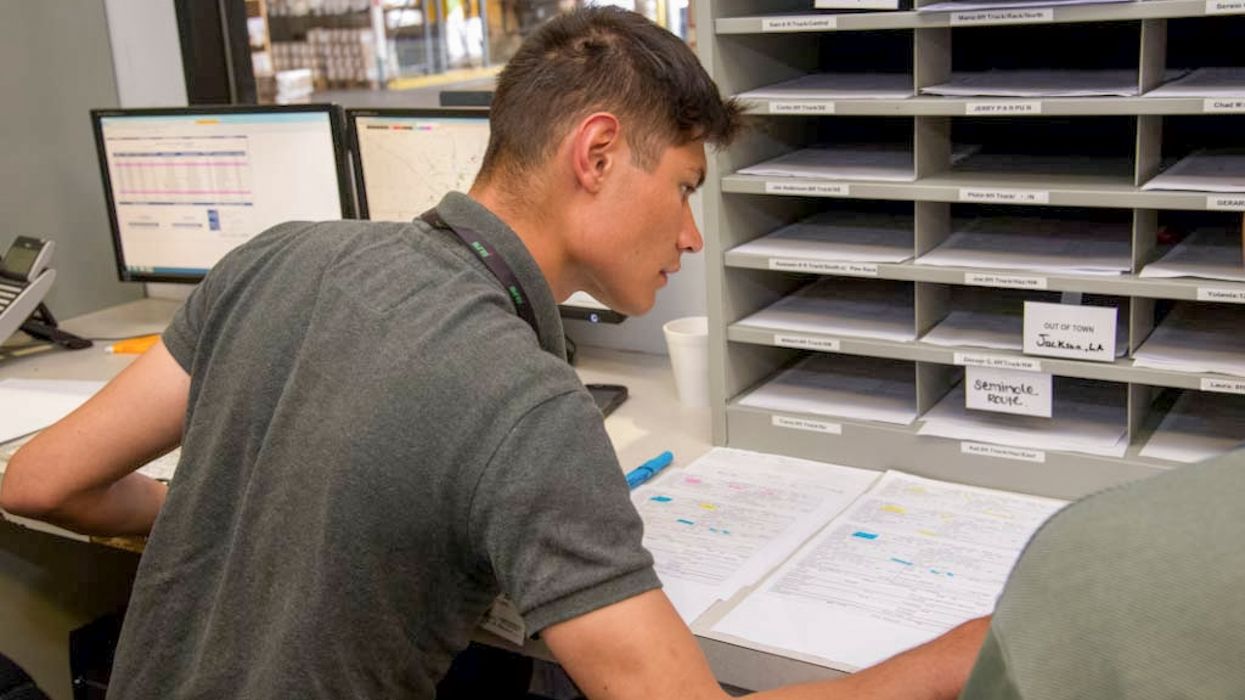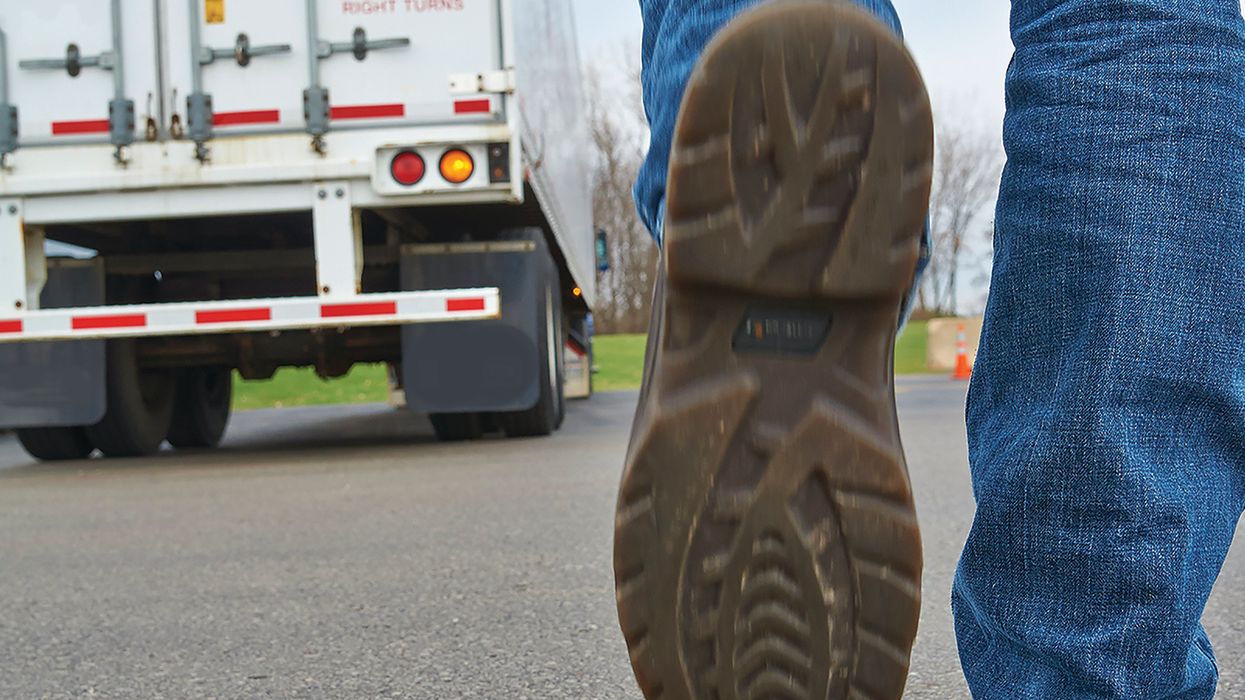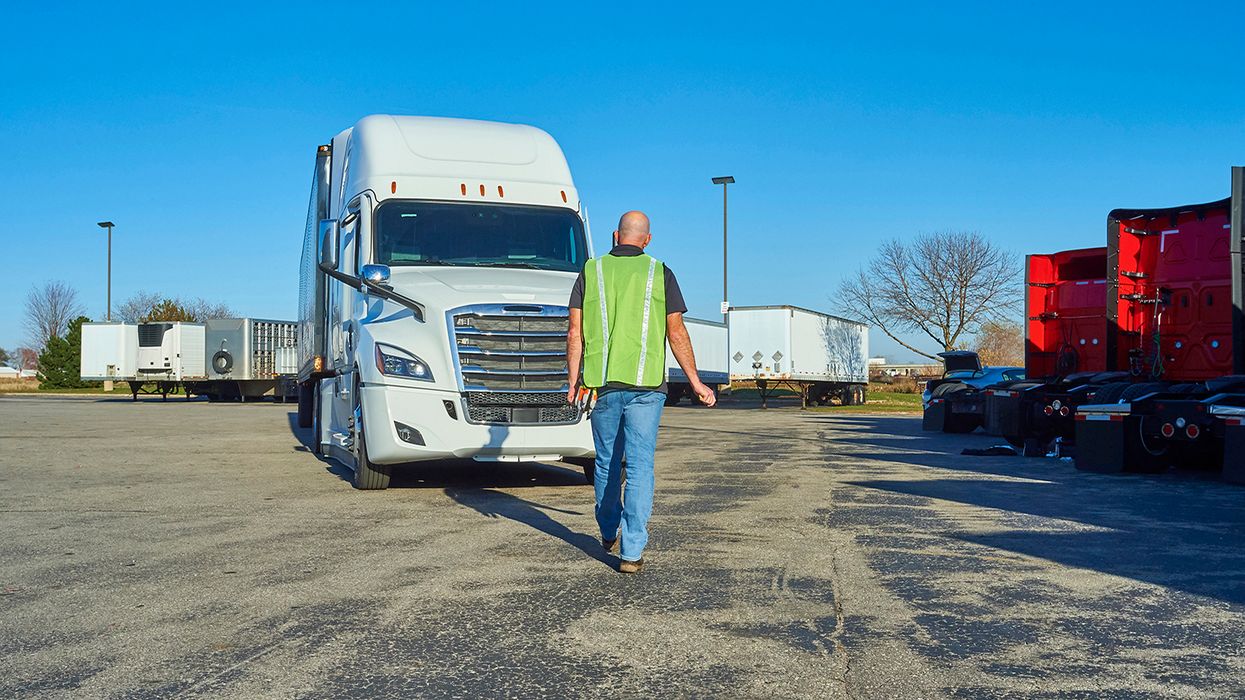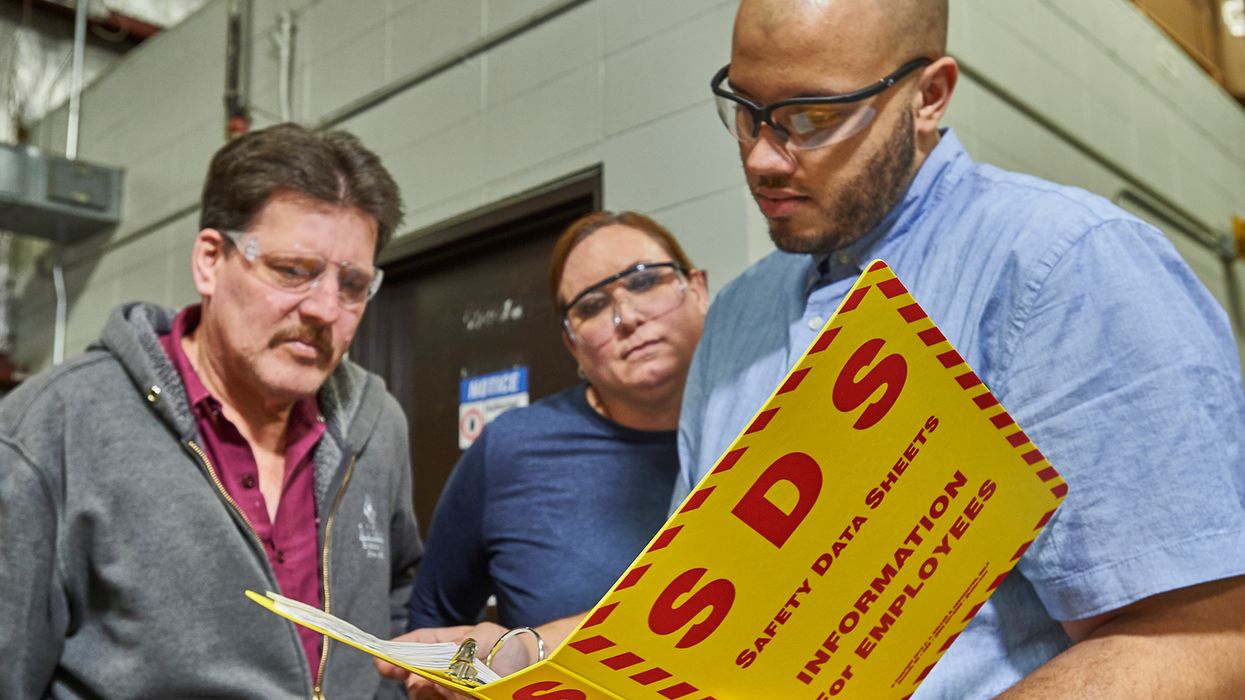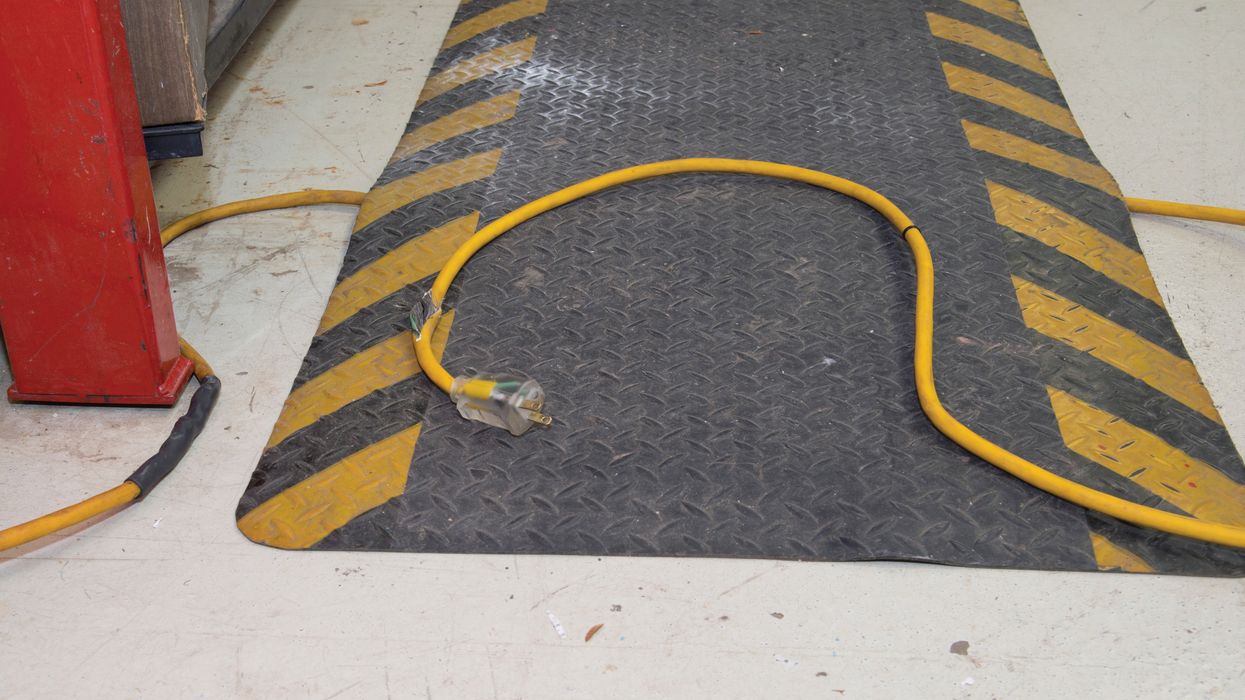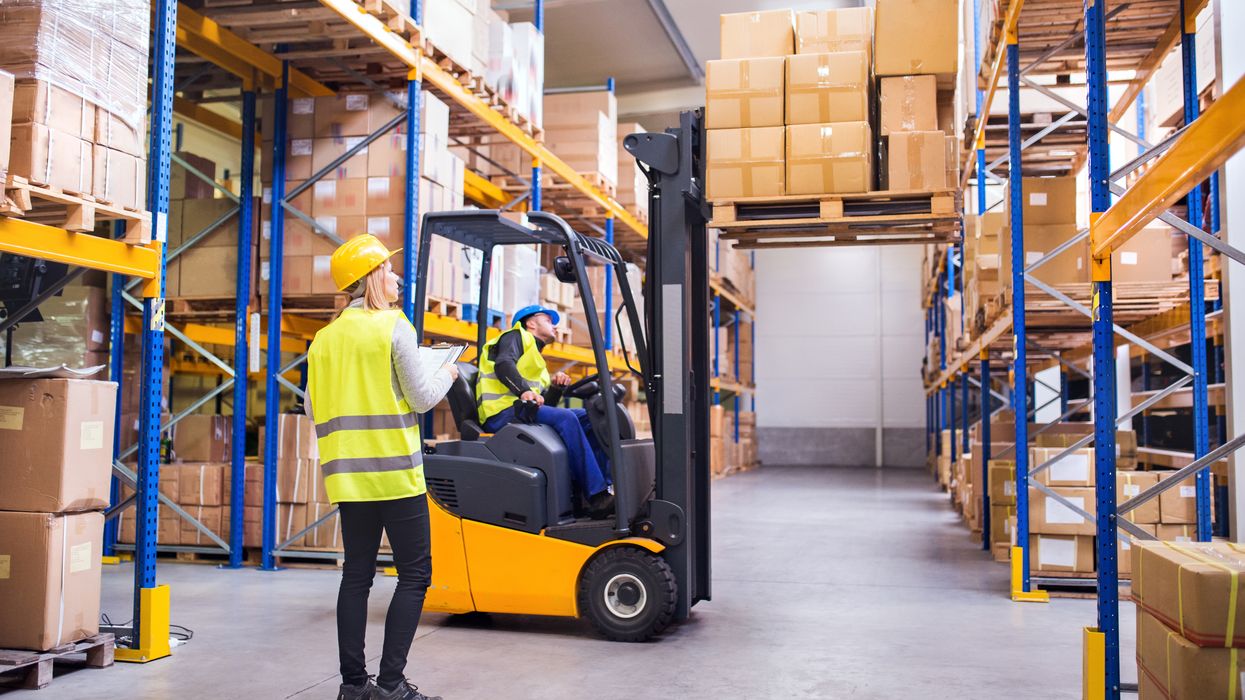Sanitary transportation of human and animal food — Carrier best practices
Under the Sanitary Transportation of Human and Animal Food rule, the shipper is responsible for ensuring that food is safe for consumption during transportation in the United States. Shippers must provide instructions to carriers based on the foods hauled. By contract, carriers can be held accountable for sanitary equipment and monitoring of certain foods while in transit.
Shippers can delegate to carriers the training of driver and office personnel on specific load requirements when using temperature-controlled or refrigerated trailers (also known as reefers) as well as general items, including:
- An awareness of potential food safety problems that may occur during transportation,
- Basic sanitary food transportation practices, and
- Food safety regulations.
Carriers should document training requirements in their policies and procedures and review them at least annually for relevancy and accuracy.
Following is each step in a load’s journey along with carrier best practices to protect perishables from exposure to unsafe temperatures:
Step 1: Before loading — Prepare the trailer
Drivers must haul perishables in a clean, sanitary trailer and in the required temperature range. In addition to presenting a clean trailer at the time of loading, the driver needs to:
- Verify that the cooling unit can sustain the required temperature range before loading,
- Confirm if the reefer unit should be run in stop-start or continuous mode,
- Ensure that certain foods are isolated or segregated to avoid contamination, and
- Check that the trailer door seals are intact.
Step 2: In-transit — Keep the load in the required temperature range
A lot can happen between the shipper and receiver. The shipper expects the load to arrive at the destination safe for consumption. Drivers must remain vigilant to guard against spoilage. Suggested practices for drivers while on the road include:
- Checking for fluid leaking from the trailer or other problems with the reefer unit,
- Monitoring the reefer fuel level, temperature, and function of the refrigeration unit every time the driver stops — or at least every four hours,
- Communicating any deviation from the safe temperature range for the food; and
- Minimizing in-transit time within the hours-of-service regulations to reduce the chance of spoilage.
Step 3: At delivery — Document cargo condition
Many times, loads are rejected by receivers due to minor packaging concerns or poor documentation of the load condition, even if the food is safe for consumption. Carriers should train drivers to do the following when they reach the receiver:
- Check and document the overall condition of the product;
- Note temperature readings on the paperwork, including the cargo itself and box or trailer;
- Ensure the customer moves the product into storage as soon as possible; and
- Contact dispatch with any overage, shortage, or damage concerns, as well as food safety or quality issues.
Step 4: Between loads — Clean the equipment
The trailer’s interior should be cleaned of dirt and debris after each delivery. Between loads, the following are common requirements:
- Remove residues from previous cargo. For example, if you haul fresh chicken one day and produce the next, you don’t want any salmonella left in the trailer for the second shipment.
- Pallets, load-securing devices, and loading equipment are made sanitary.
- Trailers and equipment are cleaned with an approved sanitizer, and wash water should be at least 180°. The food transporter must ensure residue from the cleaning solution does not remain to create a contaminant.
- Trailers must be cleaned according to the customer contract if different from above.
Key to remember: Sanitary transportation of human and animal food boils down to training, clean equipment, reporting unsafe conditions, and documenting the condition at delivery. The STHAF rule is about food safety, not food quality.

